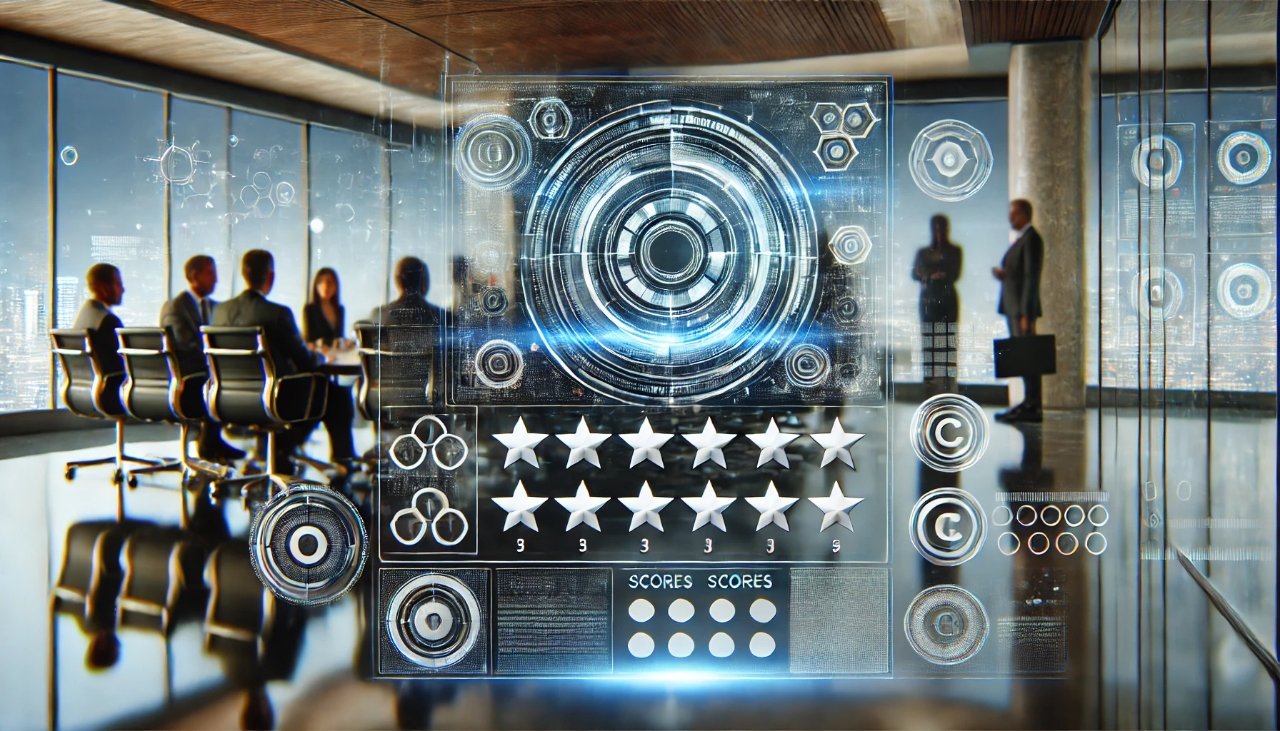Raterpoint: The Ultimate Guide to Understanding It

Raterpoint is a term that has been gaining attention in various fields. Many people are curious about what it means, how it works, and why it matters. Whether a beginner or someone with some knowledge on the topic, this article will provide valuable insights.
What Is Raterpoint?
Raterpoint is a concept used to evaluate, rank, or score different elements in a particular system. It can be applied in various fields, including business, technology, education, and entertainment. The term itself suggests a method for assigning ratings or points to determine value, quality, or efficiency. It serves as a key factor in decision-making processes, helping individuals and organizations make informed choices.
The Importance of Raterpoint
Raterpoint plays a significant role in different industries. It helps establish standards, create fair rankings, and measure performance effectively. Without proper evaluation, it would be difficult to compare different options, assess progress, or improve systems. Businesses rely on raterpoint to understand customer satisfaction, while educators use it to grade student performance. In technology, it assists in rating apps, software, and online content. The importance of raterpoint cannot be overstated, as it influences various aspects of modern life.
How Raterpoint Works
Understanding how raterpoint works is essential to grasp its significance. The process involves specific criteria that determine the ranking or scoring system. These criteria vary depending on the industry and purpose. For example, in a review-based system, expert opinions, and performance analysis. In education, it follows a grading scale based on test scores, assignments, and participation. A structured system is necessary to ensure accuracy, consistency, and fairness.
Applications of Raterpoint in Different Fields
Raterpoint is used in numerous industries, making it a valuable tool. Its applications range from digital platforms to real-world assessments. A few key areas where raterpoint is widely applied are discussed below.
Business and Marketing
In the business world, raterpoint is crucial for evaluating customer experiences, product quality, and company performance. Businesses rely on ratings and reviews to build trust, attract customers, and improve their services. Marketing strategies often incorporate raterpoint to analyze consumer behavior, assess competition, and create better campaigns. Companies that understand and use raterpoint effectively gain a competitive advantage.
Education and Learning
Educators use raterpoint to grade students, assess their skills, and measure academic progress. Standardized tests, assignments, and classroom participation contribute to a student’s overall rating. The system helps teachers provide valuable feedback, identify areas for improvement, and create better learning strategies. Educational institutions also use raterpoint to rank schools, determine scholarship eligibility, and evaluate teaching methods.
Technology and Digital Platforms
Technology heavily depends on raterpoint for ranking content, software, and online services. Search engines use rating algorithms to determine the relevance of web pages. Apps and software are rated based on user experiences. Social media platforms utilize raterpoint to rank trending topics, viral content, and user engagement. The digital world thrives on rating systems.
Entertainment and Media
The entertainment industry benefits significantly from raterpoint. Movies, TV shows, books, and music albums are rated by critics and audiences to determine their popularity and quality. Gaming platforms use rating systems to rank games based on user experiences, graphics, and playability. Streaming services rely on raterpoint to recommend content based on user preferences. This system helps audiences make informed choices about what to watch, read, or listen to.
The Benefits of Using Raterpoint
Many advantages come with using raterpoint in different fields. It provides structure, encourages improvement, and enhances decision-making.
Enhancing Decision-Making
Raterpoint helps individuals and organizations make better decisions by providing clear, data-driven evaluations. Whether choosing a product, hiring an employee, or selecting a school, ratings and rankings simplify the process. People can compare options based on established criteria, leading to more informed choices.
Encouraging Fairness and Transparency
. This reduces bias, favoritism, and misleading information. Consumers trust businesses with high ratings, and students benefit from fair grading systems.
Driving Improvement and Innovation
Companies, educators, and content creators use raterpoint to identify areas that need improvement. Negative reviews and low ratings highlight weaknesses that need attention. As a result, better products, services developed. Continuous evaluation fosters innovation and encourages excellence.
Challenges Associated With Raterpoint
Despite its benefits, raterpoint comes with challenges. Understanding these challenges helps in finding solutions and improving rating systems.
Subjectivity and Bias
Even though rating systems aim for objectivity, personal opinions can influence results. People may give unfair ratings based on personal preferences, experiences, or biases. This can lead to misleading rankings and unfair evaluations.
Manipulation and Fake Reviews
Some individuals and organizations manipulate rating systems for personal gain. Fake reviews, inflated scores, and dishonest feedback can distort the true value of a product or service. Consumers must be cautious and look for verified ratings to avoid falling into traps.
Complexity and Variability
Different industries use various rating criteria, making standardization difficult. A system that works well in one field may not be suitable for another. Ensuring consistency, accuracy, and reliability requires continuous monitoring and updates.
The Future of Raterpoint
The future of raterpoint looks promising, with advancements in technology improving evaluation methods. Artificial intelligence, data analytics are being integrated into rating systems. These innovations enhance accuracy, reduce bias, and provide more reliable results.
Conclusion
Raterpoint is an essential concept that influences various aspects of life. From business and education to technology and entertainment, rating systems help people make better decisions. Understanding how raterpoint works, its applications, benefits, and challenges provides valuable insights into its importance. While there are challenges, continuous advancements will improve the accuracy and reliability of rating systems. By using raterpoint effectively, individuals and organizations can enhance decision-making, promote fairness, and drive innovation.











